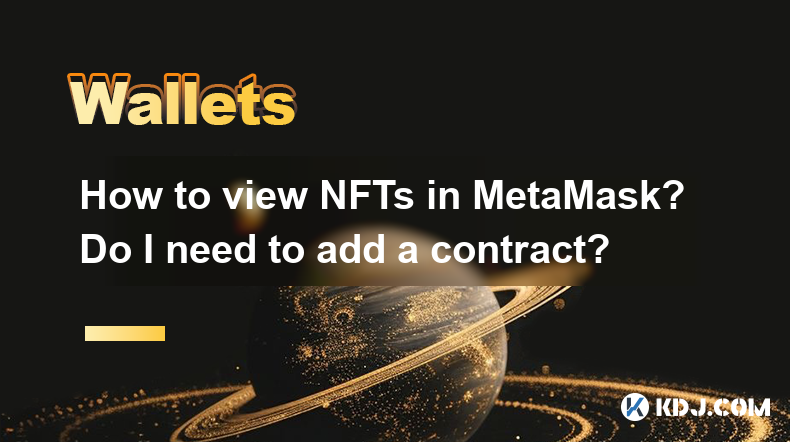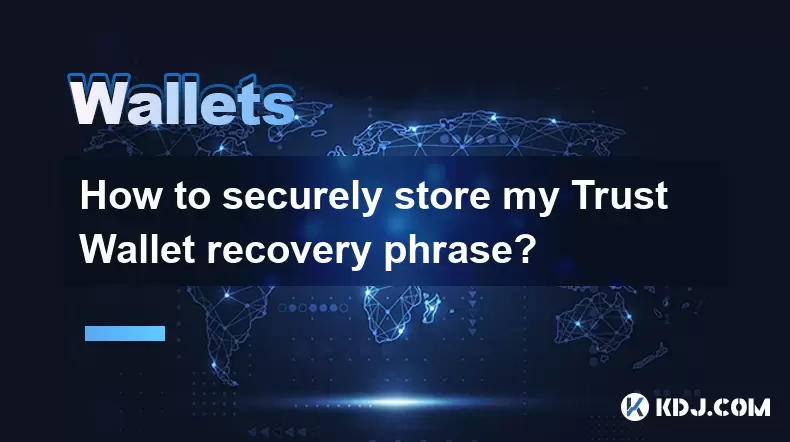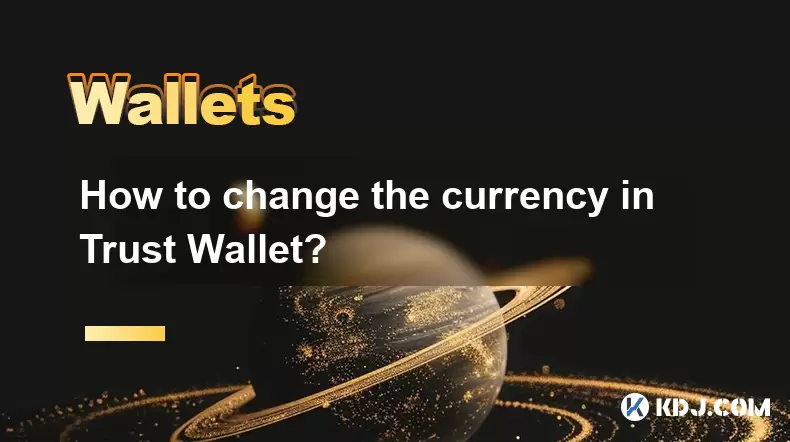-
 Bitcoin
Bitcoin $114200
0.00% -
 Ethereum
Ethereum $3637
0.56% -
 XRP
XRP $2.950
-2.01% -
 Tether USDt
Tether USDt $0.9999
0.02% -
 BNB
BNB $761.0
0.55% -
 Solana
Solana $164.1
-1.38% -
 USDC
USDC $0.9999
0.02% -
 TRON
TRON $0.3332
0.36% -
 Dogecoin
Dogecoin $0.2012
-0.52% -
 Cardano
Cardano $0.7261
-1.41% -
 Hyperliquid
Hyperliquid $37.62
-2.13% -
 Stellar
Stellar $0.3930
-2.65% -
 Sui
Sui $3.441
-0.16% -
 Bitcoin Cash
Bitcoin Cash $563.8
0.70% -
 Chainlink
Chainlink $16.50
0.09% -
 Hedera
Hedera $0.2424
-0.14% -
 Ethena USDe
Ethena USDe $1.001
0.01% -
 Avalanche
Avalanche $22.20
0.00% -
 Litecoin
Litecoin $118.0
-2.48% -
 UNUS SED LEO
UNUS SED LEO $8.991
0.12% -
 Toncoin
Toncoin $3.195
-3.87% -
 Shiba Inu
Shiba Inu $0.00001217
0.12% -
 Uniswap
Uniswap $9.674
-0.21% -
 Polkadot
Polkadot $3.633
1.00% -
 Monero
Monero $295.3
-0.82% -
 Dai
Dai $0.9999
0.00% -
 Bitget Token
Bitget Token $4.321
-0.41% -
 Cronos
Cronos $0.1392
0.73% -
 Pepe
Pepe $0.00001027
-0.89% -
 Aave
Aave $258.5
0.32%
How to view NFTs in MetaMask? Do I need to add a contract?
View NFTs in MetaMask easily by opening the wallet, connecting to Ethereum, and navigating to the NFTs tab; no contract addition needed for ERC-721/1155 tokens.
May 06, 2025 at 10:36 pm

Introduction to Viewing NFTs in MetaMask
Viewing NFTs in MetaMask is a straightforward process that allows users to see their non-fungible tokens directly within the MetaMask wallet interface. MetaMask, a popular Ethereum-based wallet, supports the display of NFTs, making it easier for users to manage their digital assets. No, you do not need to add a contract to view your NFTs in MetaMask, as the wallet automatically detects and displays them if they are compatible with the ERC-721 or ERC-1155 standards.
Understanding NFTs and MetaMask Compatibility
Non-fungible tokens (NFTs) are unique digital assets that represent ownership or proof of authenticity of a specific item or piece of content. They are typically built on the Ethereum blockchain and follow the ERC-721 or ERC-1155 standards. MetaMask supports these standards, which means it can automatically detect and display NFTs that adhere to these protocols. This compatibility ensures that users can easily view their NFTs without needing to manually add contracts or perform additional steps.
Steps to View NFTs in MetaMask
To view your NFTs in MetaMask, follow these simple steps:
- Open MetaMask: Launch the MetaMask extension or mobile app on your device.
- Connect to the Ethereum Network: Ensure you are connected to the Ethereum mainnet or the specific network where your NFTs reside.
- Navigate to the NFTs Tab: Click on the "NFTs" tab within the MetaMask interface. This tab is usually located next to the "Assets" tab.
- View Your NFTs: Your compatible NFTs should automatically appear in this section. You can click on individual NFTs to view more details about them.
Troubleshooting Common Issues
If you do not see your NFTs in MetaMask, there could be several reasons for this:
- Incorrect Network: Ensure you are connected to the correct Ethereum network where your NFTs are stored. If your NFTs are on a testnet or a different blockchain, you will need to switch networks accordingly.
- Outdated MetaMask Version: Make sure you are using the latest version of MetaMask, as older versions may not support the latest NFT standards.
- NFT Standard Compatibility: Verify that your NFTs follow the ERC-721 or ERC-1155 standards. If they do not, they may not be displayed in MetaMask.
Additional Features and Benefits
MetaMask offers several additional features that enhance the NFT viewing experience. For instance, you can transfer NFTs directly from the MetaMask interface, making it convenient to send your digital assets to other wallets or platforms. Additionally, MetaMask provides a seamless integration with various NFT marketplaces, allowing you to buy, sell, or trade your NFTs without leaving the wallet.
Security Considerations When Viewing NFTs
When viewing NFTs in MetaMask, it is crucial to maintain good security practices. Always ensure that you are using a secure connection and that your MetaMask wallet is protected with a strong password and, if possible, two-factor authentication. Be cautious of phishing attempts and never share your private keys or seed phrases with anyone. By following these security measures, you can safely view and manage your NFTs within MetaMask.
Frequently Asked Questions
Q: Can I view NFTs from other blockchains in MetaMask?
A: Currently, MetaMask primarily supports NFTs on the Ethereum blockchain. However, MetaMask is expanding its support to other blockchains, so it's worth checking the latest updates to see if your specific blockchain is supported.
Q: What should I do if my NFTs are not showing up in MetaMask after following the steps?
A: If your NFTs are not appearing, double-check that you are on the correct network and that your NFTs comply with the ERC-721 or ERC-1155 standards. If issues persist, consider reaching out to MetaMask support for further assistance.
Q: Can I view the metadata of my NFTs in MetaMask?
A: Yes, MetaMask allows you to view the metadata of your NFTs. When you click on an NFT in the "NFTs" tab, you can see details such as the token ID, name, and any associated images or descriptions.
Q: Is it possible to hide certain NFTs from view in MetaMask?
A: Currently, MetaMask does not offer a feature to hide specific NFTs from view. All compatible NFTs will be displayed in the "NFTs" tab. If you need to manage visibility, you might consider using a different wallet or platform that offers such functionality.
Disclaimer:info@kdj.com
The information provided is not trading advice. kdj.com does not assume any responsibility for any investments made based on the information provided in this article. Cryptocurrencies are highly volatile and it is highly recommended that you invest with caution after thorough research!
If you believe that the content used on this website infringes your copyright, please contact us immediately (info@kdj.com) and we will delete it promptly.
- Brazil, Bitcoin, Hearing Date: Is Brazil About to Embrace Bitcoin?
- 2025-08-06 20:30:38
- Stabull DEX on Base Chain: A New Era for Stablecoins?
- 2025-08-06 20:47:53
- WeWake Finance: Is This the Crypto ROI Opportunity You've Been Waiting For?
- 2025-08-06 21:10:18
- PancakeSwap, US Stocks, and Perpetual Contracts: A New Frontier in DeFi
- 2025-08-06 21:10:18
- South Korea, Stablecoins, and Online Banks: KakaoBank's Bold Move
- 2025-08-06 20:47:53
- PROVE the Future: Price Predictions & Succinct's ZK Revolution (2025-2030)
- 2025-08-06 20:30:38
Related knowledge

How to add TRC20 token to Trust Wallet?
Aug 04,2025 at 11:35am
Understanding TRC20 and Trust Wallet CompatibilityTrust Wallet is a widely used cryptocurrency wallet that supports multiple blockchain networks, incl...

How to securely store my Trust Wallet recovery phrase?
Aug 06,2025 at 07:14am
Understanding the Importance of Your Trust Wallet Recovery PhraseYour Trust Wallet recovery phrase, also known as a seed phrase or mnemonic phrase, is...

How to change the currency in Trust Wallet?
Aug 06,2025 at 07:14pm
Understanding Currency Display in Trust WalletTrust Wallet does not allow users to change the base currency used for valuation in the same way traditi...

Why am I receiving random tokens in my Trust Wallet (dusting attack)?
Aug 06,2025 at 10:57am
What Is a Dusting Attack in the Cryptocurrency Space?A dusting attack occurs when malicious actors send minuscule amounts of cryptocurrency—often frac...

What is a watch-only wallet in Trust Wallet?
Aug 02,2025 at 03:36am
Understanding the Concept of a Watch-Only WalletA watch-only wallet in Trust Wallet allows users to monitor a cryptocurrency address without having ac...

Why can't I connect my Trust Wallet to a DApp?
Aug 04,2025 at 12:00pm
Understanding DApp Connectivity and Trust WalletConnecting your Trust Wallet to a decentralized application (DApp) is a common process in the cryptocu...

How to add TRC20 token to Trust Wallet?
Aug 04,2025 at 11:35am
Understanding TRC20 and Trust Wallet CompatibilityTrust Wallet is a widely used cryptocurrency wallet that supports multiple blockchain networks, incl...

How to securely store my Trust Wallet recovery phrase?
Aug 06,2025 at 07:14am
Understanding the Importance of Your Trust Wallet Recovery PhraseYour Trust Wallet recovery phrase, also known as a seed phrase or mnemonic phrase, is...

How to change the currency in Trust Wallet?
Aug 06,2025 at 07:14pm
Understanding Currency Display in Trust WalletTrust Wallet does not allow users to change the base currency used for valuation in the same way traditi...

Why am I receiving random tokens in my Trust Wallet (dusting attack)?
Aug 06,2025 at 10:57am
What Is a Dusting Attack in the Cryptocurrency Space?A dusting attack occurs when malicious actors send minuscule amounts of cryptocurrency—often frac...

What is a watch-only wallet in Trust Wallet?
Aug 02,2025 at 03:36am
Understanding the Concept of a Watch-Only WalletA watch-only wallet in Trust Wallet allows users to monitor a cryptocurrency address without having ac...

Why can't I connect my Trust Wallet to a DApp?
Aug 04,2025 at 12:00pm
Understanding DApp Connectivity and Trust WalletConnecting your Trust Wallet to a decentralized application (DApp) is a common process in the cryptocu...
See all articles

























































































